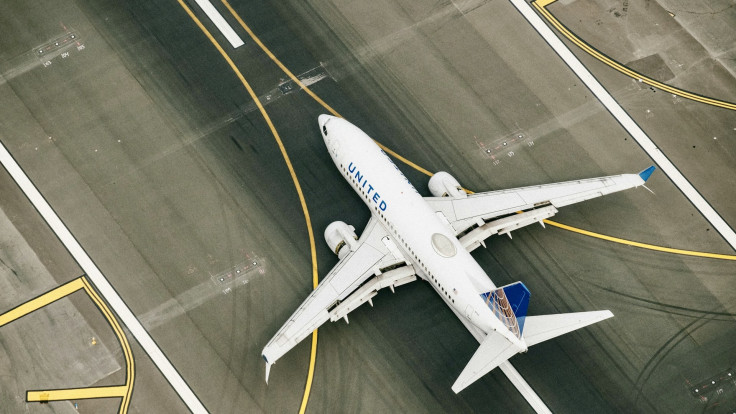Why Was Newark Airport Grounded? Staffing Issue Halts Flights Amid Government Shutdown
Newark flights halted by shutdown staffing shortages.

Wednesday afternoon at Newark Liberty International Airport descended into frustration as a sudden ground stop halted all departures. The 75-minute stoppage, which began at 3 p.m. local time, wasn't caused by weather or a technical fault.
The Federal Aviation Administration (FAA) cited 'staffing issues,' as the culprit, a problem directly linked to the ongoing government shutdown. As the shutdown continues, this incident may be a troubling preview of wider disruptions to come.
Why 'Staffing Issues' Are the New Source of Travel Chaos
The ground stop at the major East Coast hub lasted from 3 p.m. to 4:15 p.m. on 29 October, according to NBC4. Following the resumption of flights, departures from the New Jersey airport were already operating with delays of roughly 40 minutes.
The problem stems from air traffic controllers, who missed their paychecks on Tuesday due to the shutdown. The head of the controllers' union and Transportation Secretary Sean Duffy have both expressed concern that financially stressed-out controllers will call out sick.
This isn't a new problem, but an escalating one. The FAA was already short by about 3,000 controllers before the shutdown began, meaning even a small number of absences can disrupt the entire system.
'The Pressure Is Real': Why Controllers Are Calling Out Sick
To ensure safety, the FAA restricts flight numbers whenever there is a controller shortage. While most delays have been isolated, some airports have seen flights halted for over two hours.
Controllers gathered at 20 airports nationwide on Tuesday, handing out leaflets to urge an end to the political stalemate. With bills piling up, some are now taking second jobs to make ends meet, increasing the number of sick calls.
Air traffic controller Joe Segretto, who works at a regional radar facility in the New York area, said morale is suffering. 'The pressure is real,' he stated. 'We have people trying to keep these airplanes safe... now having to worry about how they're going to pay bills'.
How Today's Blip Could Become Tomorrow's Breakdown
Despite the high-profile incident at Newark, aviation analytics firm Cirium stated there has not been a 'dramatic increase' in total delays since the shutdown began on 1 October. Data from 14 major airports shows nearly 80 per cent of flights have remained on time.
However, Secretary Duffy warned that the shutdown is damaging the future of air traffic control. He noted that students are dropping out of the ATC academy in Oklahoma City.
Trainees, who also aren't being paid, might abandon the career altogether. 'This shutdown is making it harder for me to accomplish those goals', Duffy said, referring to his efforts to fix the longstanding controller shortage.
STAFFING ISSUES: The Federal Aviation Administration (FAA) has issued a ground stop at Newark Liberty International Airport on October 29, 2025, due to a staffing shortage caused by the ongoing government shutdown.
— Just the Facts. No BS! (@Daniell39173501) October 29, 2025
This temporary halt, which prevents flights from departing to… pic.twitter.com/871At49Yg4
Will Widespread Travel Delays Force a Political Deal?
The longer the impasse continues, the more pressure will build on Congress to reopen the government. A similar 35-day shutdown during President Donald Trump's first term saw widespread flight disruptions contribute to ending the standoff.
As of now, however, Democrats and Republicans have shown little sign of reaching an agreement. For travellers, this means the 'staffing issue' at Newark could be the first of many.
© Copyright IBTimes 2025. All rights reserved.




















